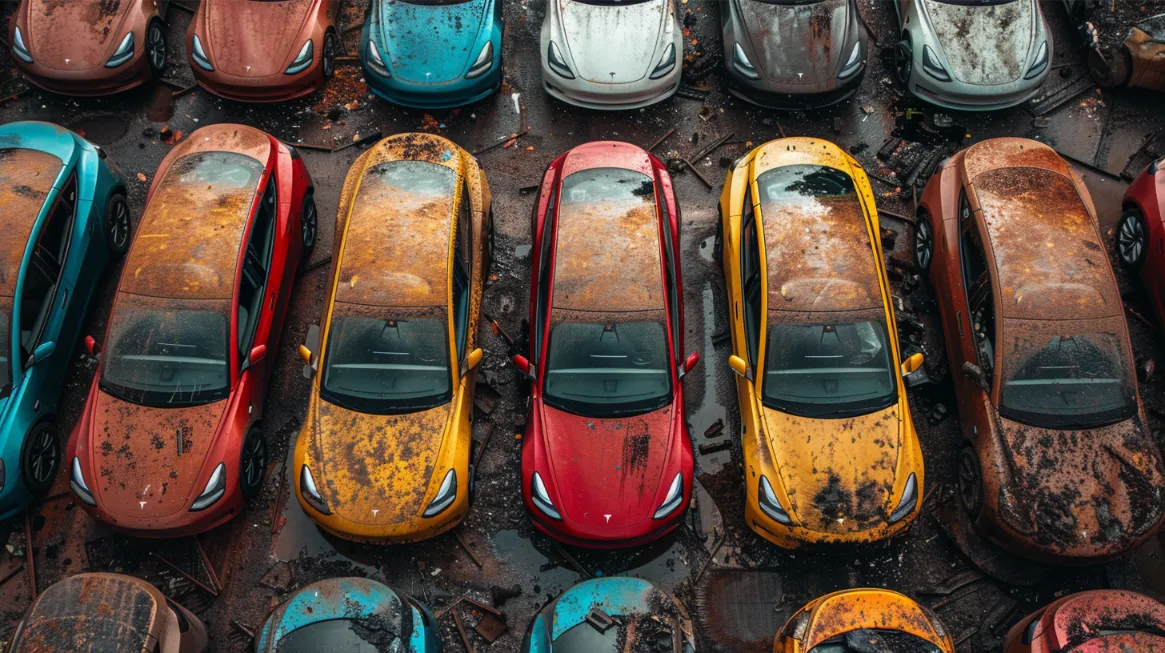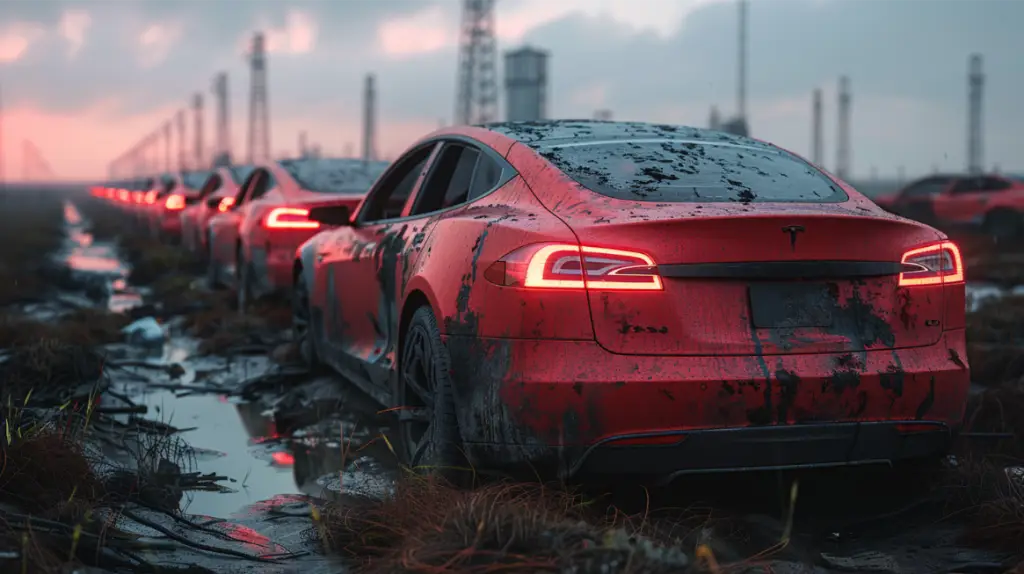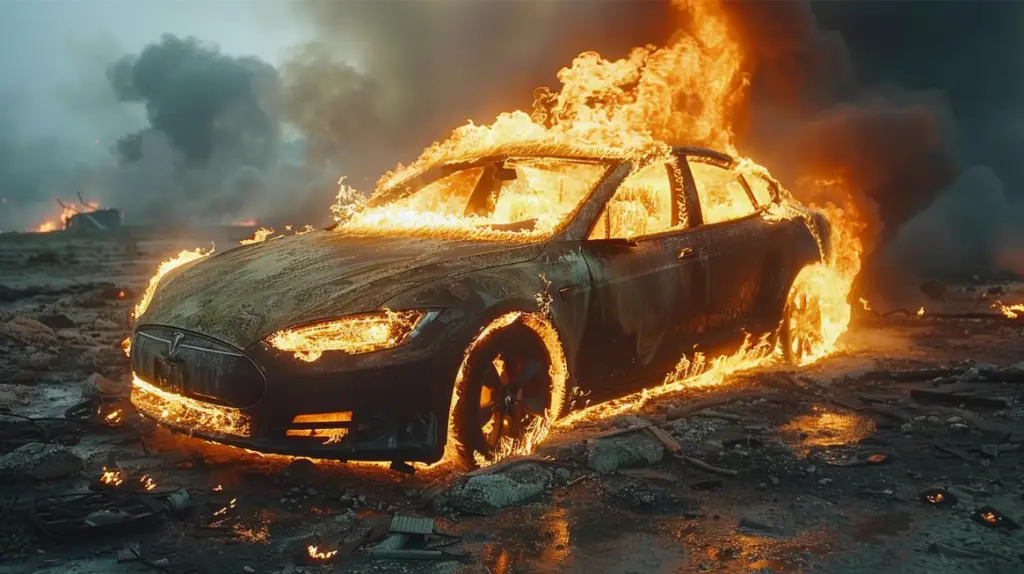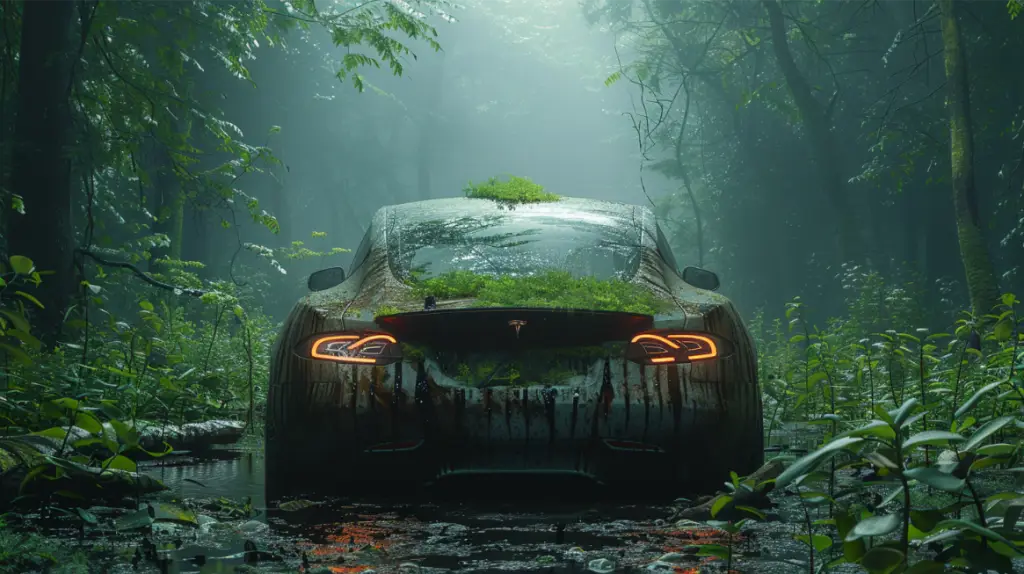The Dark Side of Electric Vehicles: What They Don't Tell You

Electric vehicles (EVs) are the cat's pajamas, the bee's knees, the...well, you get the picture. They're pitched as our silver bullet to climate change, with sleek designs that promise an eco-friendly ride to the future. But before you swap your gas guzzler for a battery-powered chariot, let's shine a spotlight on the not-so-sparkly aspects of EV battery production. Buckle up, because we're about to take a detour through the dark side.
1. Mining Madness: The Quest for the Precious
First up on our tour is the saga of mining for battery materials. Imagine a fantasy quest, but instead of searching for mystical artifacts, we're digging for lithium, cobalt, and nickel. These materials are the backbone of EV batteries, and their acquisition resembles a plot from an Indiana Jones movie—minus the charm and with a lot more environmental baggage. The extraction process not only scars the landscape but also raises questions about sustainability and ethics. So next time you admire an EV, remember the adventurous, albeit controversial, journey those battery materials embarked upon.

2. Water, Water, Nowhere
Diving deeper into the plot, our next scene is set in areas where water is more precious than gold. The extraction of EV battery materials is a thirsty business, consuming vast amounts of water. This often happens in regions where H2O is scarce, turning the quest for green energy into a parched paradox. Imagine trying to solve one environmental crisis but accidentally starring in a water scarcity subplot. It's like trying to bake a cake but ending up with a salad—confusing and not quite what you signed up for.
3. Carbon Footprints: Not Just for Bigfoot Anymore
Here's a plot twist: producing EV batteries generates a hefty carbon footprint. Yes, the very vehicles heralded as the planet's saviors are kicking off their journey with a bit of environmental irony. The production process is energy-intensive, and depending on the power source, it can release significant amounts of CO2. It's like going on a diet and starting with a cheat day; the intentions are good, but the execution might need a rethink.

4. The Recycling Riddle
Fast forward to the future, and we encounter the recycling riddle. EV batteries, like all good things, eventually come to an end. But here's the catch: recycling them isn't as straightforward as one might hope. It's a bit like trying to solve a Rubik's cube that's constantly changing colors. The technology and infrastructure for efficient recycling are still catching up, leaving us with a growing pile of battery waste. It's an eco-friendly party that's still figuring out the cleanup plan.

5. The Geopolitical Game of Thrones
Lastly, the production of EV batteries has its own version of the Game of Thrones, featuring a complex web of geopolitical tensions. Countries rich in battery materials wield significant power, leading to a modern-day scramble for resources. It's a strategic chess game, with nations maneuvering for advantage in the clean energy transition. Remember, when you play the game of thrones, you drive or you die...figuratively speaking, of course.
Curtain Call
So, there you have it—the untold saga of EV battery production. It's a story filled with adventure, paradoxes, and a dash of irony. As we cheer for the heroes of clean energy, let's not overlook the challenges lurking in the shadows. The road to a sustainable future is complex and winding, but with continued innovation and responsible practices, we can navigate the dark side together. And who knows? Maybe one day, we'll find that elusive balance where technology and nature coexist in harmony. Until then, let's keep the conversation (and our sense of humor) charging forward.